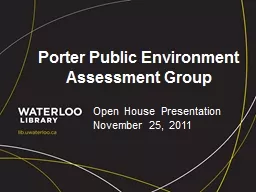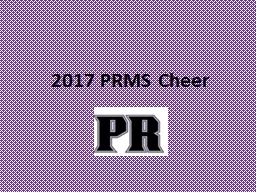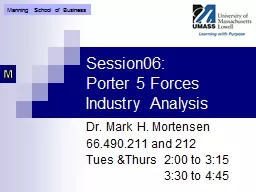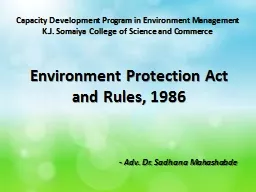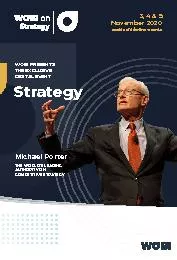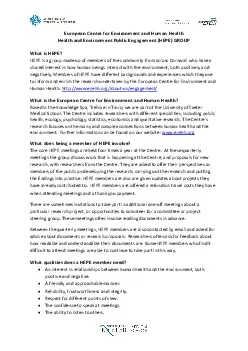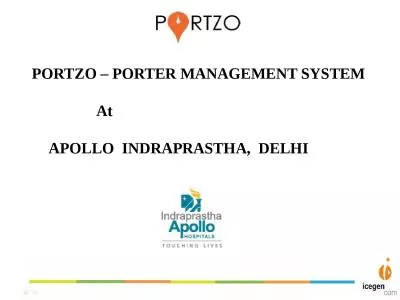PPT-Porter Public Environment Assessment Group
Author : stefany-barnette | Published Date : 2016-02-28
Open House Presentation November 25 2011 Meeting Overview Speakers will alternate Notes will be taken Clarifying questions at the end of each section Discussion
Presentation Embed Code
Download Presentation
Download Presentation The PPT/PDF document "Porter Public Environment Assessment Gro..." is the property of its rightful owner. Permission is granted to download and print the materials on this website for personal, non-commercial use only, and to display it on your personal computer provided you do not modify the materials and that you retain all copyright notices contained in the materials. By downloading content from our website, you accept the terms of this agreement.
Porter Public Environment Assessment Group: Transcript
Download Rules Of Document
"Porter Public Environment Assessment Group"The content belongs to its owner. You may download and print it for personal use, without modification, and keep all copyright notices. By downloading, you agree to these terms.
Related Documents

